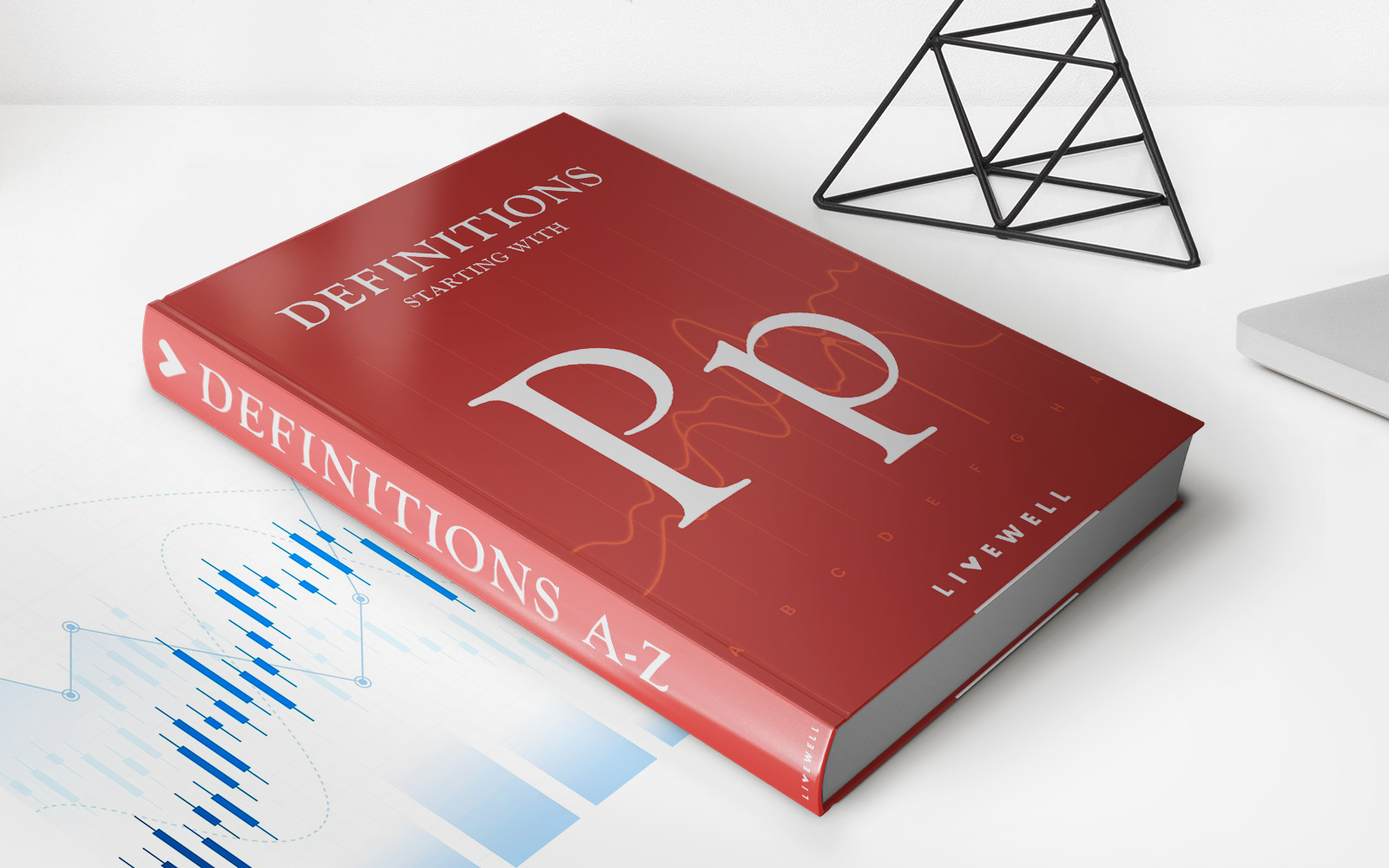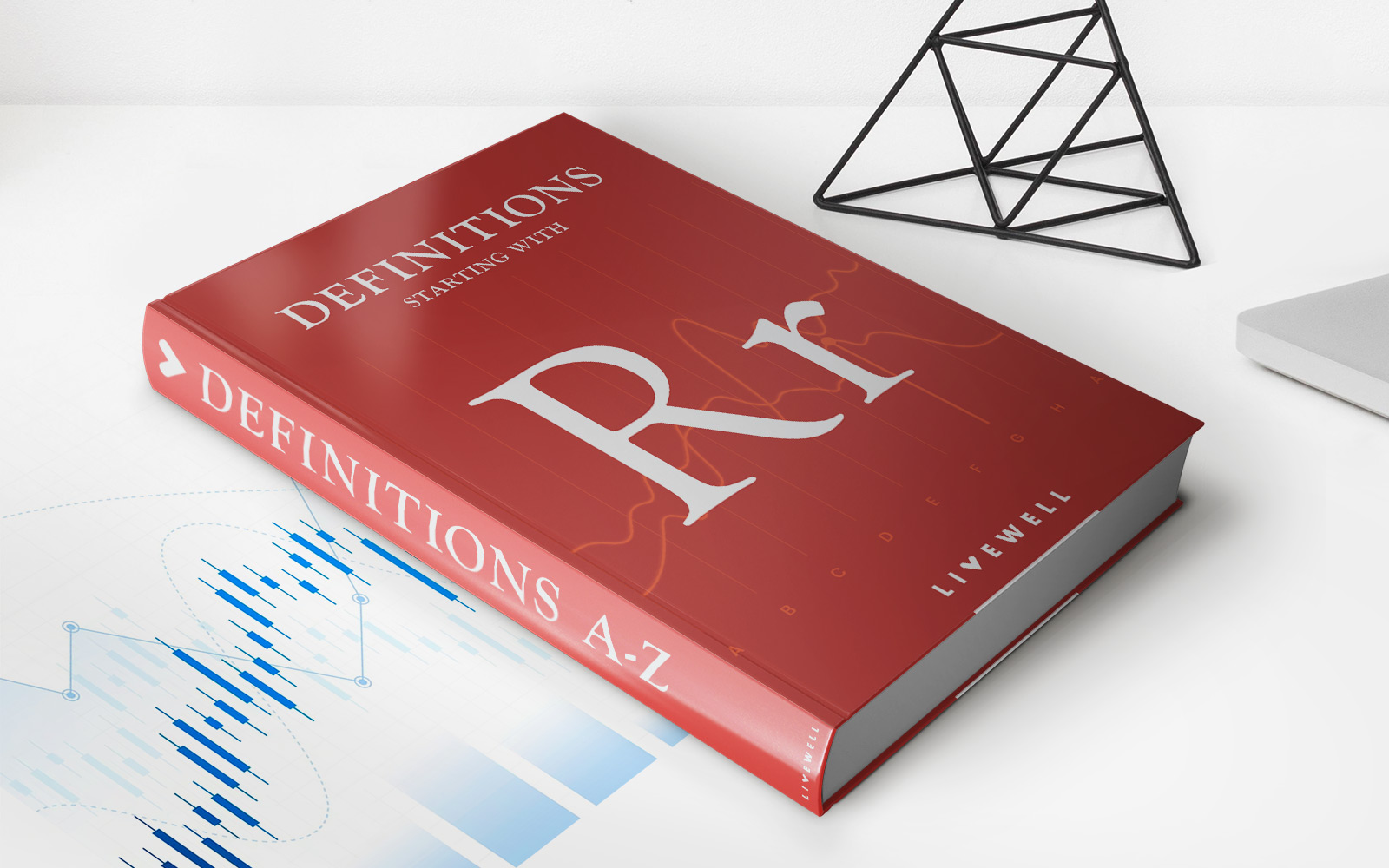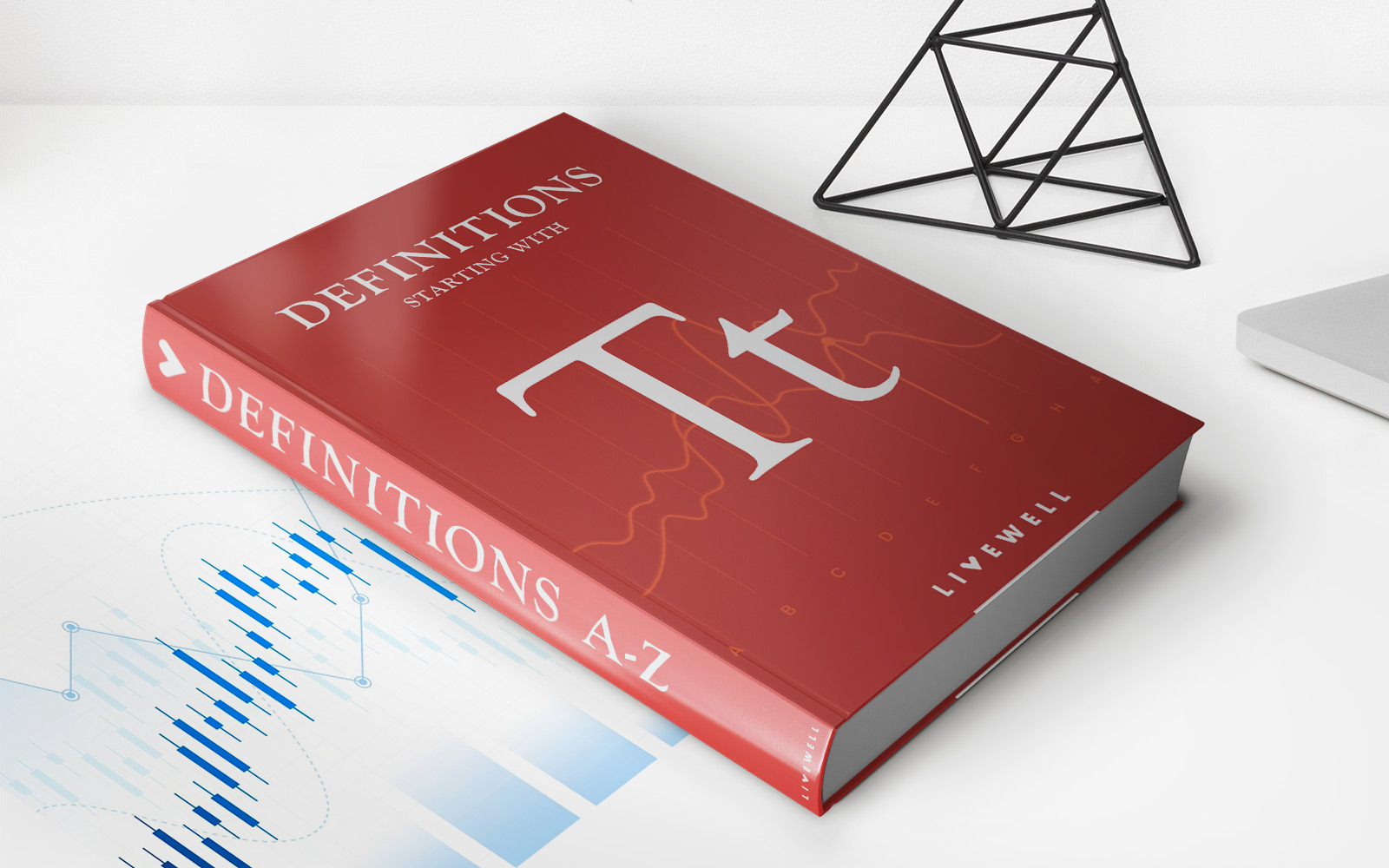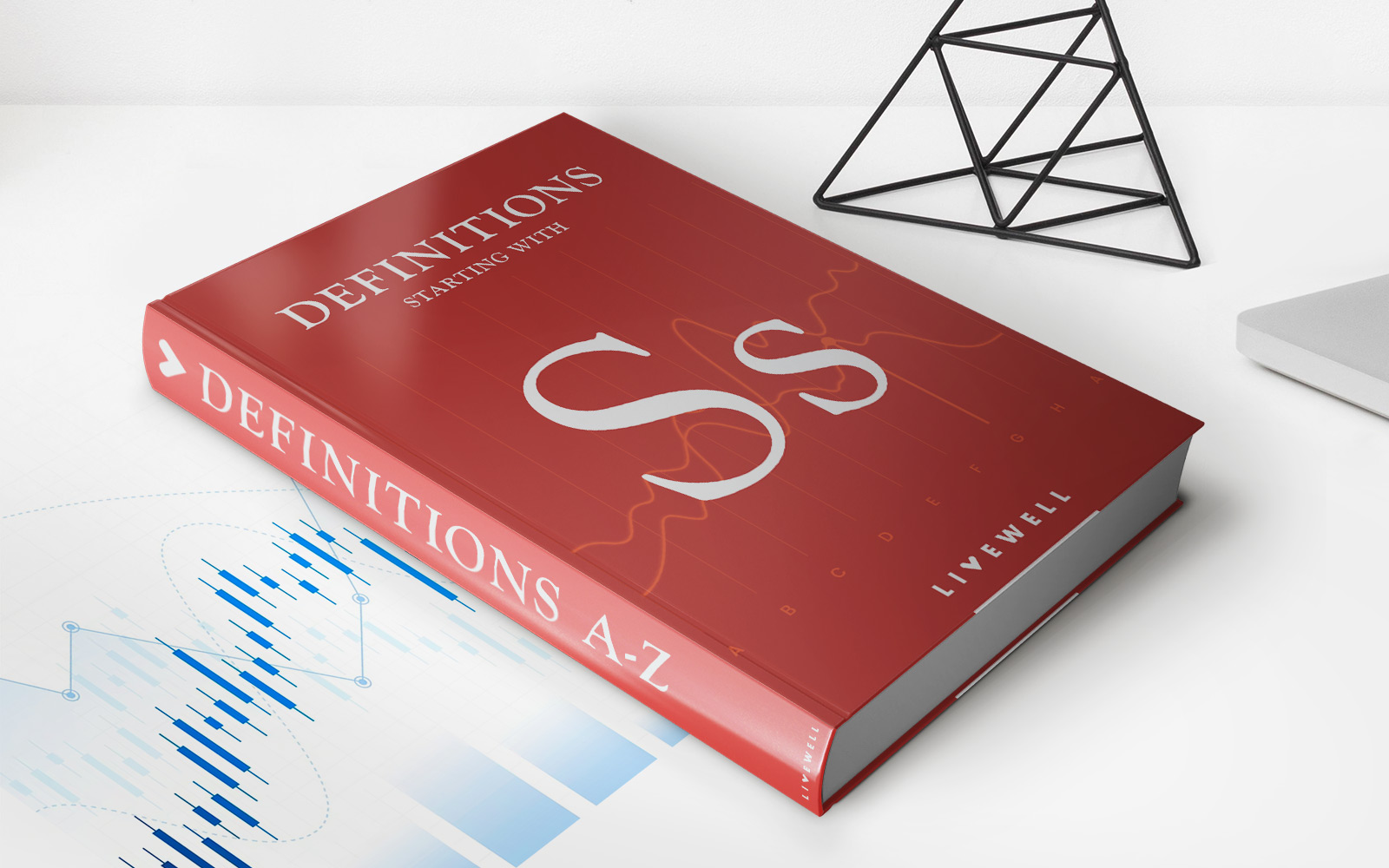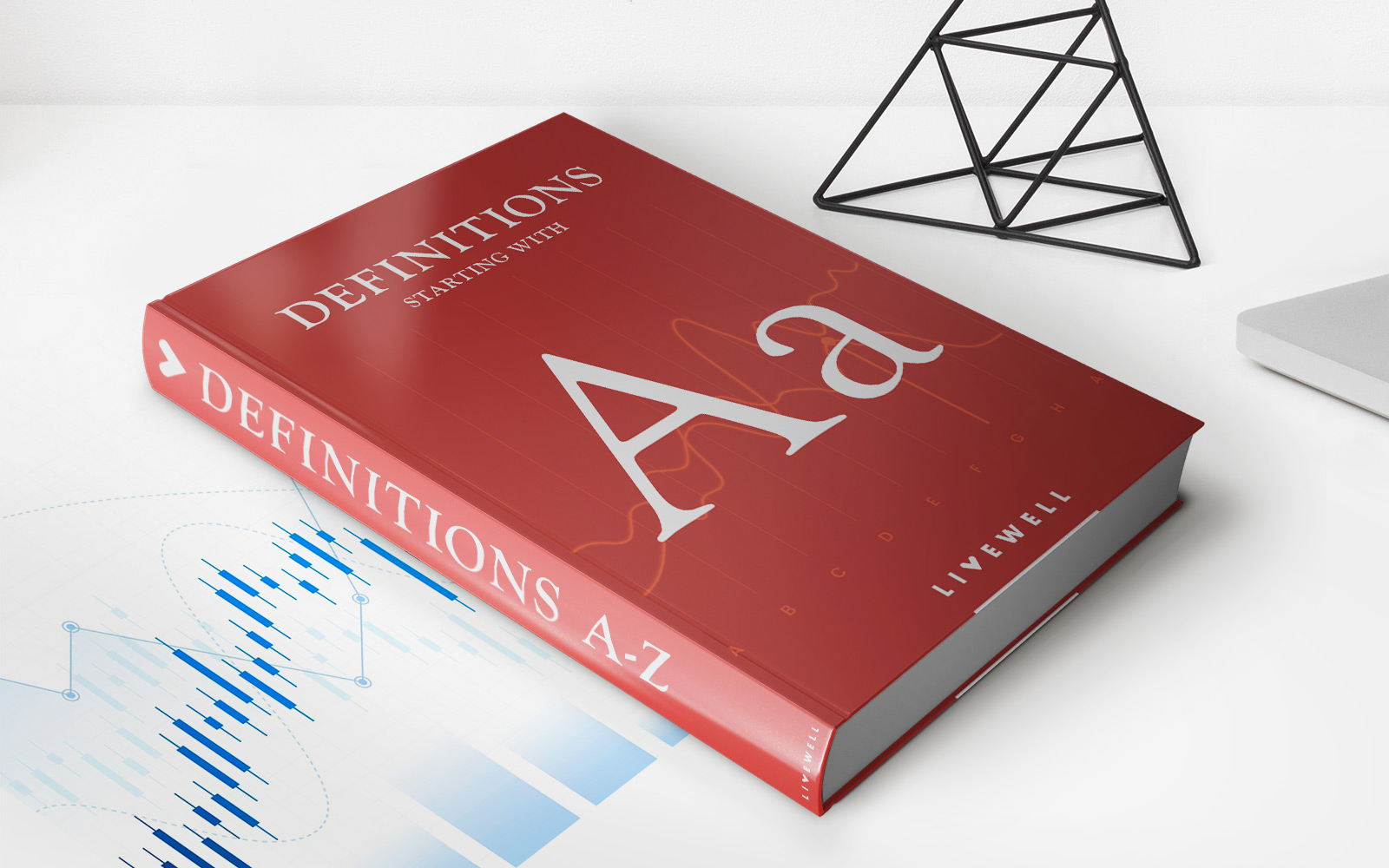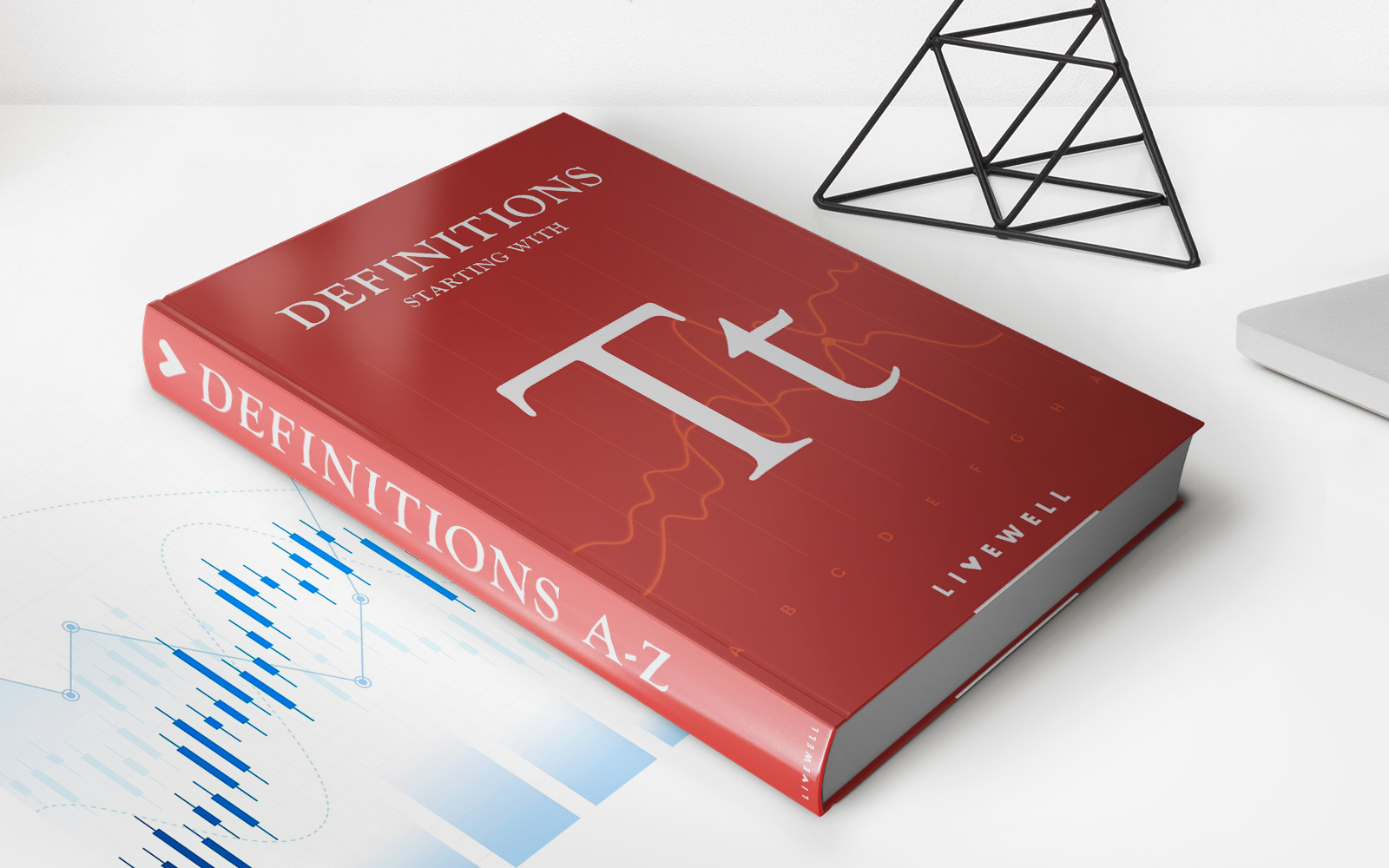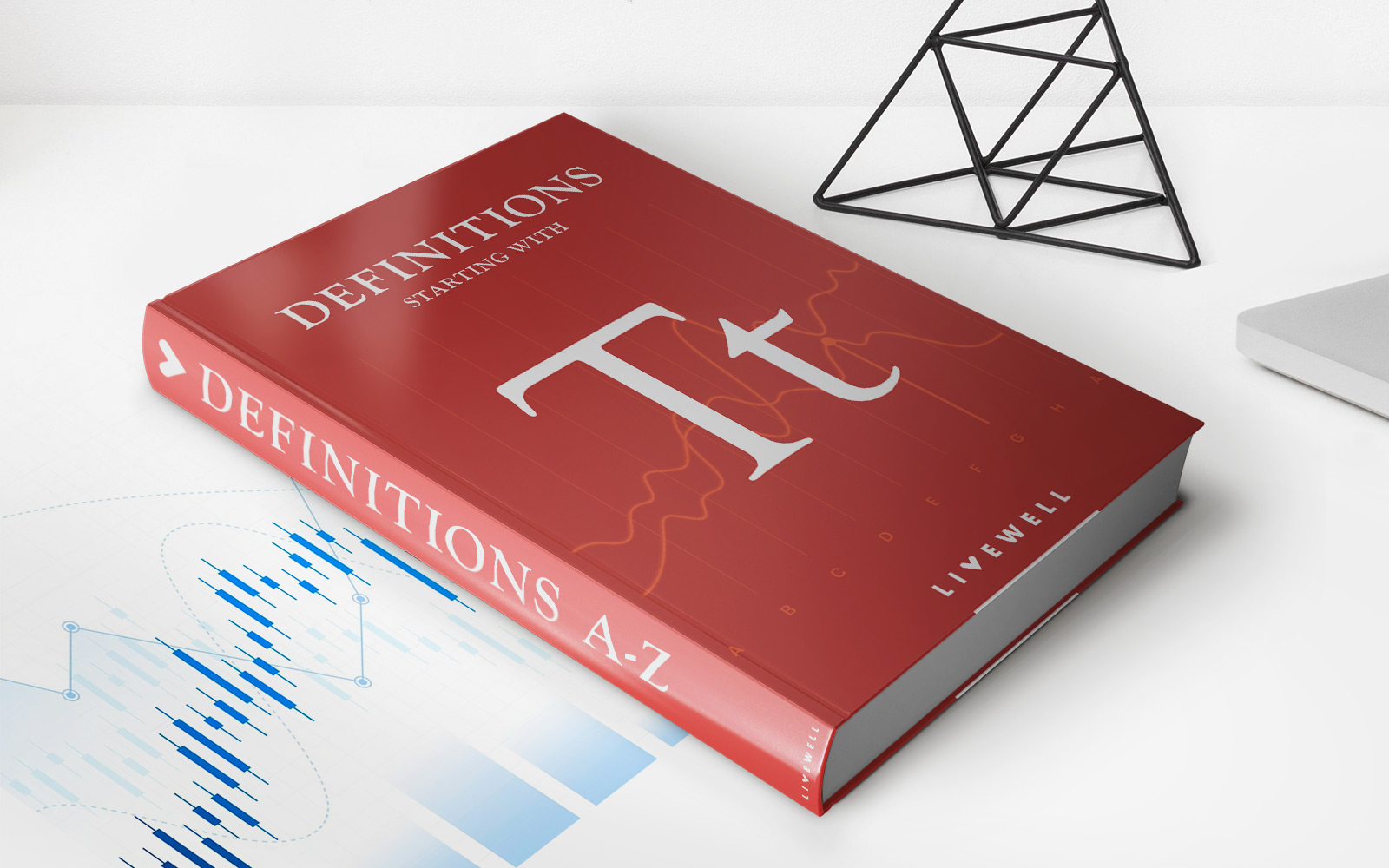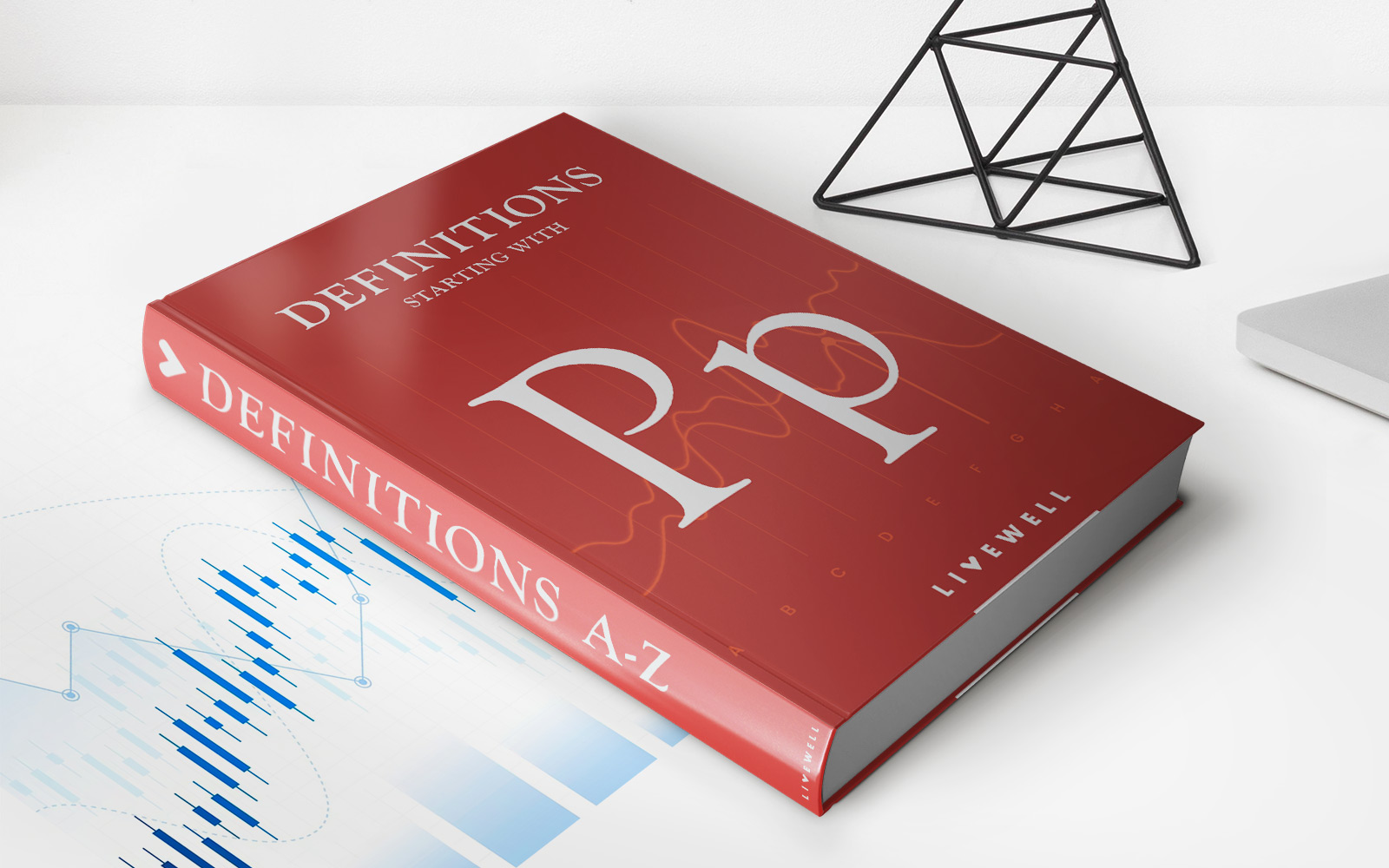Home>Finance>What Is A Deed Of Release? Definition, How It Works, And Example
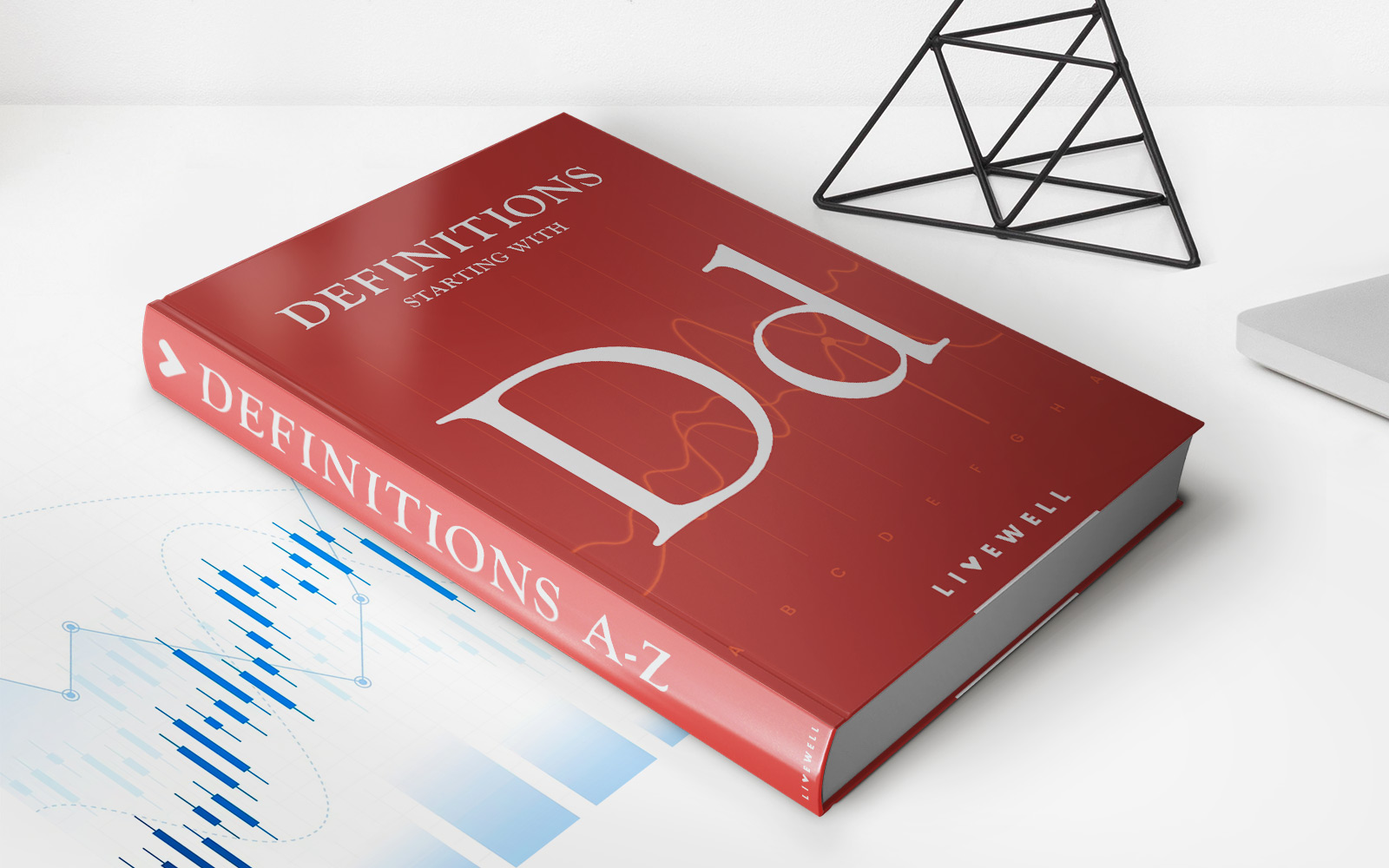

Finance
What Is A Deed Of Release? Definition, How It Works, And Example
Published: November 9, 2023
Learn about the definition and working of a Deed of Release in finance. Discover its importance and gain insights through an example.
(Many of the links in this article redirect to a specific reviewed product. Your purchase of these products through affiliate links helps to generate commission for LiveWell, at no extra cost. Learn more)
Unlocking the Power of Finance: Understanding the Deed of Release
When it comes to managing your finances, there are many legal terms and documents that you may come across. One such document is the Deed of Release. Whether you are a business owner or an individual, understanding what a Deed of Release is and how it works can be crucial in navigating the world of finance. In this blog post, we will give you a comprehensive definition of a Deed of Release, explain how it works, and provide you with an example to help you grasp its importance.
Key Takeaways:
- A Deed of Release is a legal document that helps to resolve any disputes or claims between parties and releases them from any further obligations.
- It is commonly used in situations such as employment termination, settlement agreements, or resolving contract disputes.
What is a Deed of Release?
A Deed of Release is a legally binding document that is commonly used to resolve disputes or claims between two or more parties. It acts as a formal agreement to release each party from any further obligations or liabilities in relation to the matter at hand. This document is especially important when it comes to financial matters, as it can help protect all parties involved.
Typically, a Deed of Release is drawn up and signed when there is a settlement agreement or termination of a contract. By signing the document, each party agrees to release the other party from any future legal action or claims. This not only provides closure to the dispute but also ensures that both parties can move forward without any lingering legal concerns.
How does a Deed of Release work?
The process of creating and executing a Deed of Release involves several steps:
- Identifying the parties: The document should clearly identify all parties involved in the dispute or agreement.
- Describing the release: The Deed should define the scope and nature of the release, specifying what claims or obligations are being discharged.
- Consideration: In order for the Deed of Release to be legally binding, it must include an exchange of something of value between the parties. This could be a monetary settlement, assets, or some other form of consideration.
- Execution and signing: All parties involved must sign the Deed in the presence of witnesses or a notary public to ensure its validity.
- Lodgment and registration: In some cases, the Deed may need to be lodged or registered with the relevant authorities to have legal effect.
Once the Deed of Release is executed, it serves as a final and conclusive resolution to the matter at hand. It provides peace of mind to all parties involved, as it ensures that there will be no future legal repercussions related to the specific issue covered in the Deed.
An Example of a Deed of Release
Let’s consider an example to illustrate how a Deed of Release works:
John and Jane are business partners who have decided to part ways due to irreconcilable differences. They have a contractual agreement that outlines the terms of their partnership. However, upon termination, disputes arise regarding the division of assets and intellectual property.
To resolve these conflicts and prevent any future litigation, John and Jane decide to create a Deed of Release. The Deed specifies that both parties release each other from any claims, demands, or liabilities related to the partnership and its termination.
Once the Deed is signed and notarized, John and Jane are no longer bound by their previous contractual obligations. They can each go their separate ways and focus on their respective endeavors without any legal constraints.
In this example, the Deed of Release serves as a powerful tool for John and Jane to protect their interests and ensure a smooth transition out of their partnership.
In Conclusion
A Deed of Release is a crucial legal document in the realm of finance. It acts as a resolution mechanism to release parties from obligations or claims, bringing closure to disputes and protecting all involved. By understanding what a Deed of Release is and how it works, you can navigate financial matters with confidence and ensure a secure future for yourself or your business.
